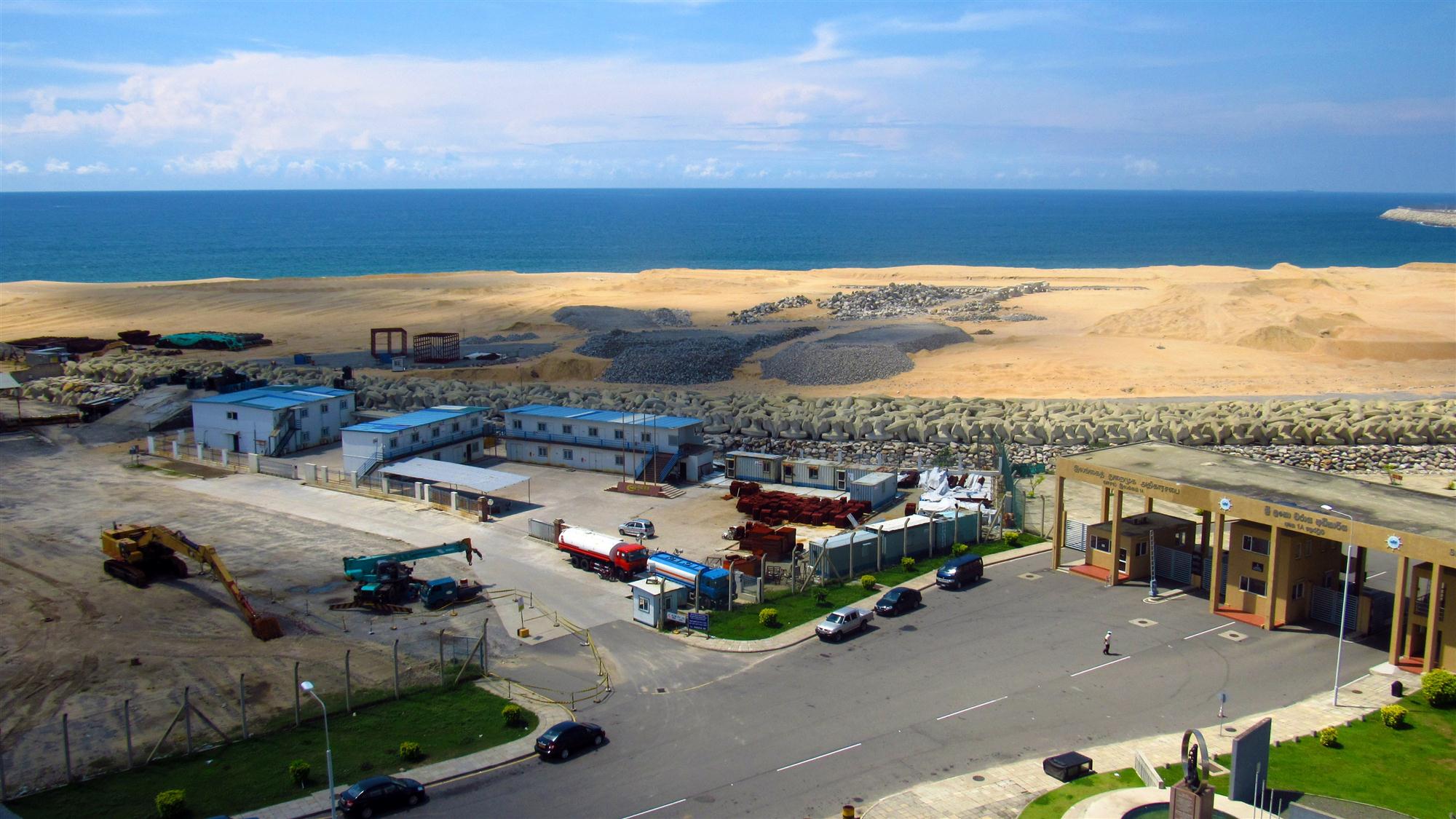Shippers and shipping lines should plan on the emergence of Colombo as a major transhipment centre, as the government aims to make the Indian Ocean island a trading hub equivalent to Singapore or Dubai.
Sri Lanka’s gateway port, already an established transhipment port, offers more, much more, of the same, attendees of the Colombo International Maritime Conference 2016 heard.
In Colombo’s favour are a number of factors. Firstly, it is a natural deepwater port in a good geographical location. Some 50% of global trade passes within hours of the island – “a lot more than I thought,” one conference attendee was heard to say. It also plays host to 33 calls from direct westbound mainline services as well as 29 eastbound.
The location of Colombo “couldn’t be better,” said Zeeshan R. Mukhi, Maersk’s country manager for Sri Lanka, who points to its proximity to India, one of the fastest-growing economies in the world. Container traffic from India grew at 11% during the first six months of this year, four times global growth. “That’s phenomenal growth,” said Mukhi.

Colombo will be able to tap this trade, possibly growing by as much as 1 million TEUs annually, because Indian ports are limited by draft, capacity and low productivity. Colombo is a 24-hour port unlike many Indian facilities, including major ones.
“Failure to develop Mumbai in a timely fashion [has] helped Colombo,” said Jonathan Beard, head of transportation and logistics for design and consultancy firm Arcadis, speaking at another session of the conference.
Part of Colombo’s pitch is good productivity figures, which allow a ship to come in and leave quickly if it needs to. “This is a key element,” said Mukhi. Also helping are the resources available: Colombo, which has a throughput of 11 million TEUs annually, already has more new terminals planned. “There is capacity available,” Mukhi added.
And in the future there could be even more of it if the government has its way.
“Our plan is to build on our strengths,” said prime minister Ranil Wickremesinghe told the conference, adding that the country aims to transform Colombo from a port to a hub, making Sri Lanka into a centre for shipping and airlines as well as communications and logistics.
To back this up, both Wickremesinghe and finance minister Ravi Karunanayake stressed that the Colombo International Finance City special financial zone, which the government is planning to build on reclaimed land near the port, will be its own jurisdiction with English laws and will, said the prime minister, “be filling in a vacuum between Singapore and Dubai.”
(That both the prime minister and finance minister turned up to say this at an industry conference shows the level of government commitment – as well as the pulling power of the organizers.)
All that, though, means little without hard facilities on the waterside and, here, the plans are just as ambitious, according to the Sri Lanka Ports Authority, which has a very long time- and geographical-line in mind, with development stretching to 2040, when capacity is expected to hit 35 million TEUs.
There are some concerns, most of which are not yet prominent, that Sri Lanka will be able to fulfil all of this potential. Port authorities know that the demand for direct products exists, and there is some concern the port’s role as a transhipment centre won’t last forever. One particular concern is of India being able to successfully develop its ports, thereby lessening its need for Colombo. Also on this list are worries about the low growth of Sri Lankan exports and its future differentiation strategy.
Already, though, there is scepticism about these concerns. It was pointed out that India might be slow to develop to where Colombo is now, and that the other countries in the region such as Bangladesh and Pakistan are too far away from major shipping lines to be natural transhipment centres.
On top of that, asking cargo firms and shipping lines to move might be a difficult task, compounded by the desire of competing ports and governments to hold onto to their lucrative trade. “Countries will try and keep [what they have],” said Michael Pinto, a former Indian shipping secretary.
By Michael Mackey
Southeast Asia Correspondent | Colombo




